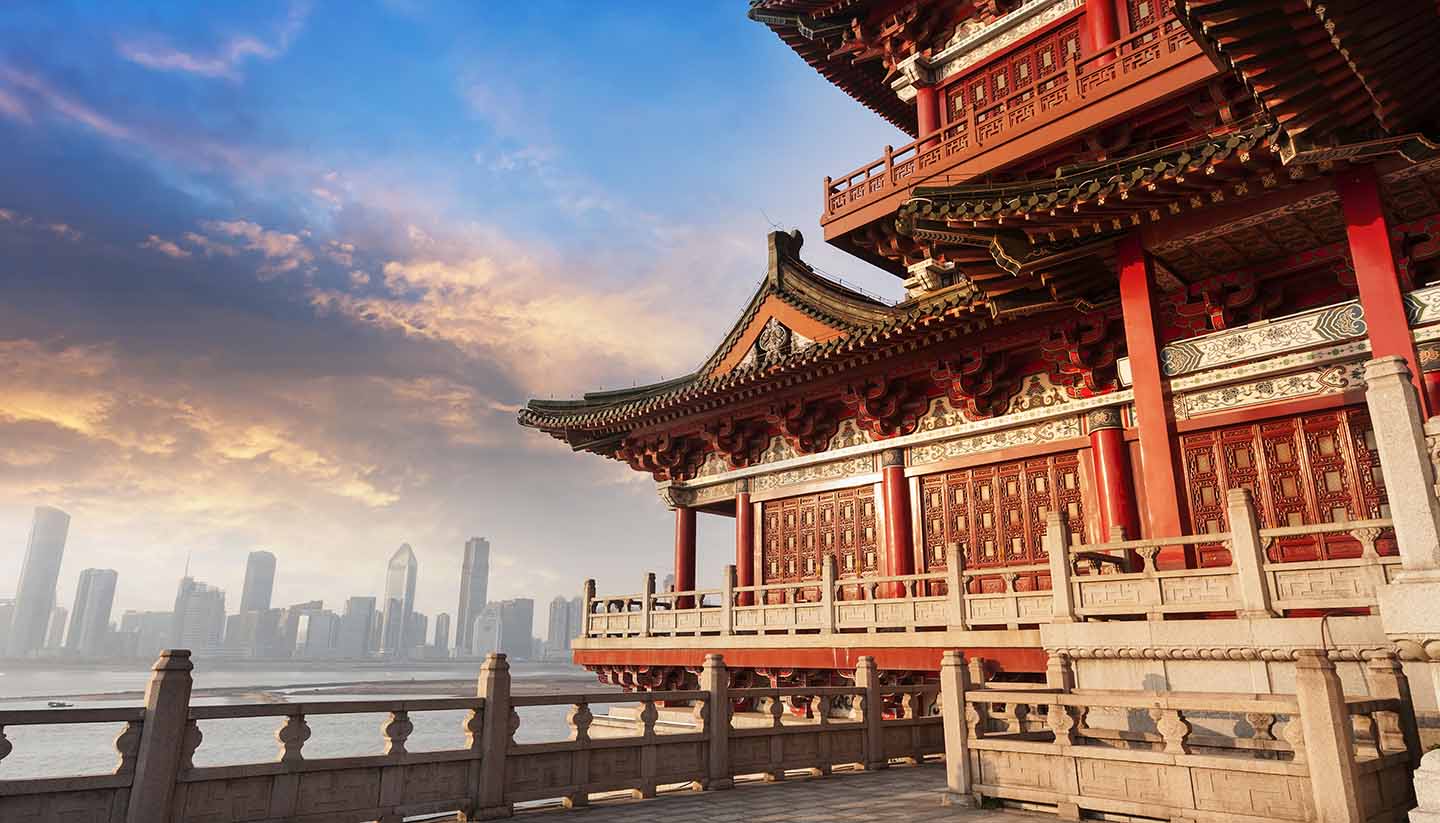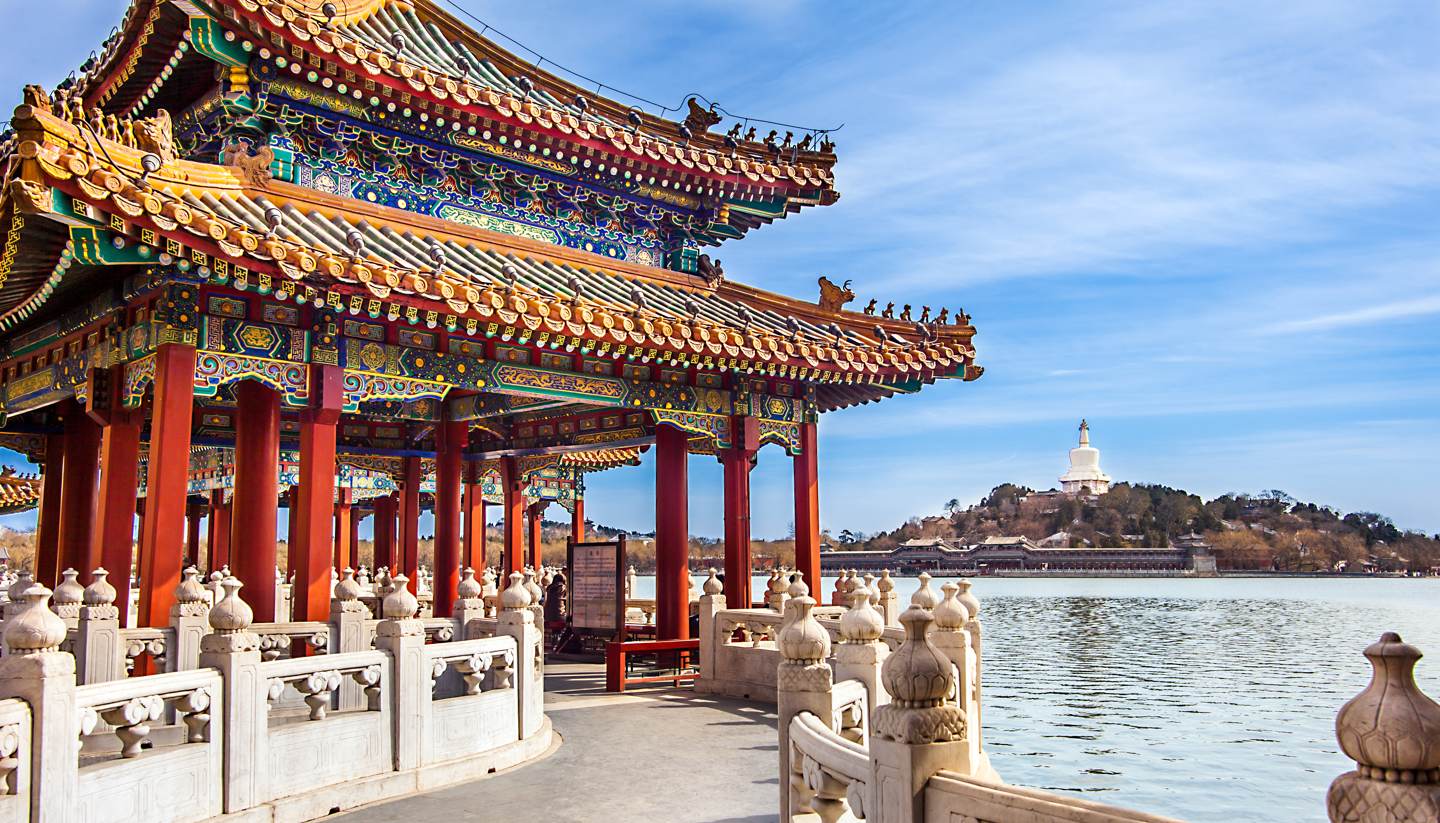Beijing Travel Guide
About Beijing
Layered with tales of emperors, uprisings, grandeur and hubris, Beijing is an extraordinarily irresistible place to visit. It remains a momentous city with some extraordinary historical sites, although the billions invested in the run-up to last decade’s Olympics have left it as a thoroughly modern metropolis too. Top-quality hotels and restaurants abound, the subway system is world-class and the architecture, in many cases, is eye-catchingly contemporary.
Most visitors, however, come for the city’s more traditional attractions. Beijing’s vast centrepieces are the royal palaces of The Forbidden City and the open expanse of Tiananmen Square. Together, they straddle the dynastic era of ancient empire and the revolutionary rule of Chairman Mao Zedong. Further afield, The Temple of Heaven and the lakeside Summer Palace – both beautiful in their way – give further flavour of the city’s past.
On a very different note, a network of traditional hutong alleyways still showcases a unique inner-city atmosphere of slow-paced living. And most famously of all, the snaking Great Wall of China, set in rumpled green hills, is an easy day-trip from Beijing itself.
As capital of the most populous country on the planet, the city is also a wonderful place to sample the myriad different cooking styles for which China is known. Whether you’re braving the regional delicacies at Donghuamen Night Market (fried scorpion, anyone?), feasting on Peking Duck at a high-end restaurant or trying anything from Sichuanese to Uighur cuisine, the general rule is the same: in Beijing, food is taken seriously.
On a cultural level, there’s also much to explore. From opera to acrobats, art museums to classical dance and rock music to antique markets, this is a city where change is constant, buildings stretch ever higher and day-to-day life dizzies and dazzles. Some 21.5 million people live in Beijing - it’s safe to say they have a unique home.



